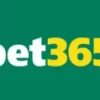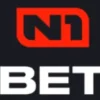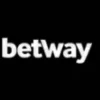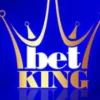Overwatch 2 betting apps & odds
If you’ve ever opened an app store, typed “Overwatch 2 betting apps,” and felt buried under the same shiny promises, welcome — you’re in good company. The truth is simpler than the banners: you want fast live updates, solid Overwatch 2 odds, and markets that actually reflect how OW2 is played today. Everything else is window dressing. This guide cuts the noise and gives you a practical framework you can use this evening.
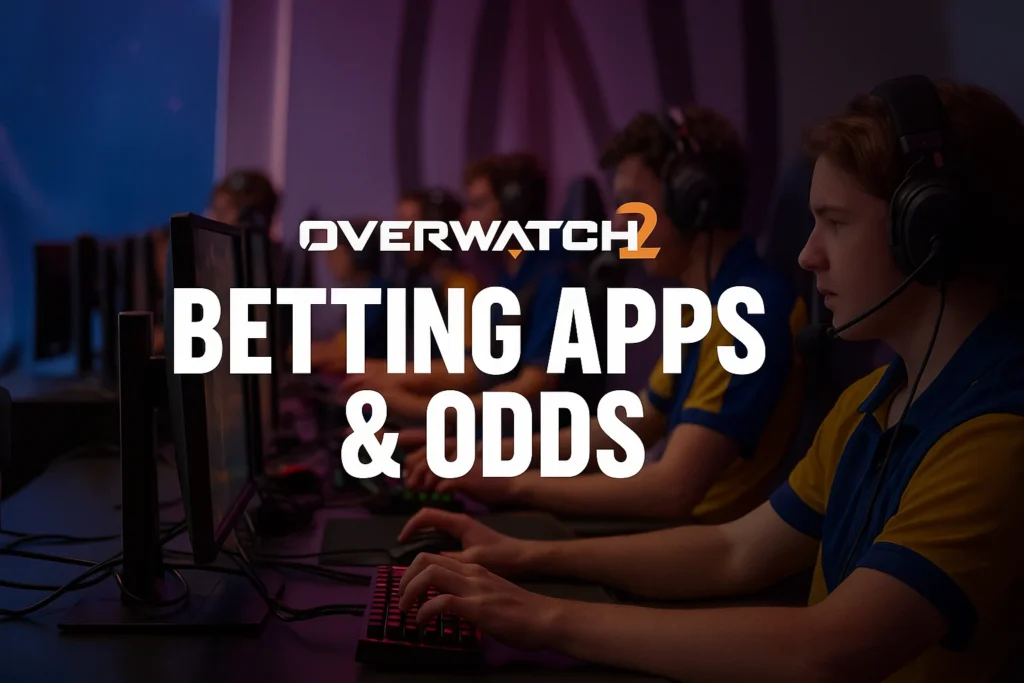
We’ll keep the tone human and the math friendly. You’ll see what separates a decent app from a daily headache, how to read odds without squinting, and which markets deserve your attention. There’s a tiny bit of irony here and there — mostly pointed at clichés — but the goal is utility: after reading, you’ll know exactly what to look for and what to ignore.
Before we dive in: none of this is about chasing miracles. It’s about shaving friction, choosing cleaner prices, and avoiding the common traps that make good decisions feel risky. Think of it as an operating manual for your future self.
What makes a good Overwatch 2 betting app
First, speed. Overwatch 2 swings fast — a captured point, a blown ultimate combo, and the price you saw five seconds ago is gone. A proper app refreshes live odds without stutter, confirms your stake without forcing a price change every other tap, and shows you that change clearly when it does happen. If live feels “sticky,” you’re paying with missed prices instead of cash.
Second, clarity. You want Overwatch 2 markets labeled the way players actually talk: match winner, map winner, map handicap, total maps, and clearly described prop markets. Decimal odds by default help; you shouldn’t need an odds conversion tool to understand what 1.83 means. If you can’t tell where to find maps or how many clicks it takes to reach “Totals,” the app isn’t built for esports — it’s retrofitting.
Third, control. Cash-out that doesn’t act like a rumor, quick-bet on live, reliable push notifications you can tune, and deposits/withdrawals that don’t turn into a support ticket. Not romantic, but these are the levers that keep your plan intact on a busy match day. When an app gets these right, your attention stays where it belongs: on the game.
Overwatch 2 odds, finally explained
Decimal odds are just prices on outcomes. A price of 1.80 implies roughly a 55.6% chance (1 ÷ 1.80). If one app posts 1.80 and another 1.86 on the same side, the second isn’t “being nice” — it’s taking less margin on that outcome at that moment. Over time, that tiny difference is the entire ballgame.
Comparing Overwatch 2 odds is not a hobby; it’s the only rational way to choose where you place a stake. Look at the same market across two or three apps and ask: which one consistently sits higher on my preferred side? In prematch, you can check a few times through the day. In live, you need an app that lets you switch quickly and shows price changes honestly before you confirm.
If you want one slightly nerdy concept that pays rent: market overround (the total of implied probabilities across all outcomes). Lower is better. On a two-way market, if the sum lands near 105% instead of 108–110%, you’re paying less “tax” to play. You don’t need to calculate it every time, but the habit of noticing tighter books builds instincts you’ll trust later.
Markets that actually make sense in OW2
Start with match winner. It’s the cleanest expression of strength across maps and the easiest market for your brain to price with basic notes. You’ll get a feel for how rosters travel between metas, how substitutions change tempo, and how often favorites convert across different map pools.
Graduate to map markets: map winner, total maps, and map handicaps. This is where Overwatch 2 knowledge pays: some rosters are wildly asymmetric across control vs. hybrid, or shine on specific control sub-maps. A team that’s fragile overall may still be a sneaky bet to steal first map on its comfort type; that’s value you rarely see on the broad match line.
Treat props as advanced coursework. First capture, time to first capture, or other micro events are volatile and often priced with less data. They can be fun — and tilt-prone. Only touch them when you have concrete, recent notes on ult economy discipline, engage timings, and hero pools that fit the current patch. When the meta shifts, your edge evaporates until your notes catch up.
Choosing an app without the marketing fluff
Here’s the simple reality: most differences you’ll feel aren’t in the homepage banners but in the boring bits — latency, layout, and limits. A modern Overwatch 2 betting app should let you reach maps and handicaps in two taps from the match list, not seven. It should confirm live stakes without surprise “price moved” pop-ups every other attempt. It should parse your slip instantly and surface cash-out offers that don’t lag behind the feed.
Think about support, too. Esports schedules are noisy; postponements and map-scoring quirks happen. If the rules page for Overwatch 2 reads like it was copy-pasted from traditional sports, expect friction when settlement gets messy. You want an operator that actually describes how map voids, DQs, and format changes are handled in this title.
And yes, bonuses exist — use them as a lever, not a lifestyle. Welcome offers can soften variance at the start, but wagering requirements reduce flexibility. If the only way an app looks “good” is through a bonus, the core product probably isn’t.
A starter plan you can actually follow
Week 1–2: flat stakes and one market per match — match winner in prematch. Write short notes after each bet: league, opponents, chosen market, price, result, and one sentence on why the price made sense. You’re building a tiny dataset and training your eye.
Week 3–4: add one map market you understand best in that league. If you consistently see the same roster start hot on control, test first-map winner or handicap on that segment. Keep stakes the same; your goal is signal, not glory.
After a patch or balance pass, assume your model is wrong until proven otherwise. OW2’s hero viability shifts can change fight pacing and objective control in ways the market won’t price cleanly for a few days. During those windows, reduce exposure, observe, and let the dust settle. Discipline is the edge most bettors only remember after they lose it.
FAQ
How do I start betting on Overwatch 2 and which markets are best for beginners?
Begin with prematch match winner or total maps, use flat stakes, and keep a brief log after each bet. This builds discipline and a small dataset before you add complexity.
Where can I view and compare Overwatch 2 odds?
Look at the same market across a couple of apps and favor consistently higher prices on your side. When possible, prefer books with a lower overall margin on that market.
What makes an Overwatch 2 betting app actually good?
Speedy live updates, intuitive access to map markets and handicaps, clear OW2-specific rules, dependable cash-out, and straightforward payments. Everything else is decoration.





